Nestled off East 21st Street in Brooklyn’s Flatbush neighborhood is a charming and peaceful enclave completely unlike the nearby bustling intersection of Church and Flatbush Avenues.
Two quaint cul-de-sacs, Albemarle Terrace and Kenmore Terrace, comprise 32 houses built between 1916 and 1920 built in an array of architectural styles. Collectively, it’s known as the Albemarle-Kenmore Terrace Historic District and was designated a historic district by the Landmarks Preservation Commission in 1978.
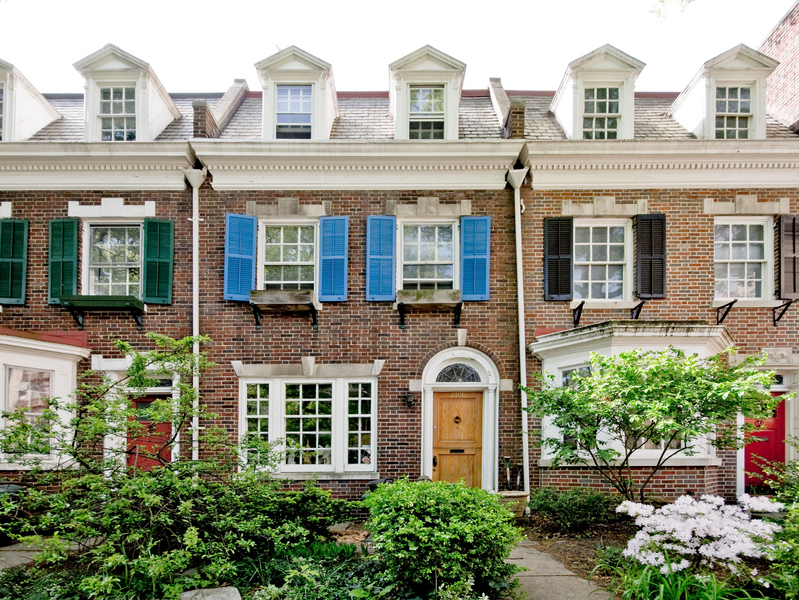
The brick homes along Albemarle Terrace are characterized by six-over-six windows, pedimented dormers and arched doorways.
The district has a serene ambiance that serves as a novel escape from the crowds, traffic and noise of neighboring Flatbush Avenue. Its proximity to the Flatbush Dutch Reformed Church and the Georgian-Federal style Erasmus Hall High School, combined with the low scale of its homes and their harmonious use of materials and color lends it a distinctly residential charm.
Real estate agent Andrew VanDusen of Brown Harris Stevens, who lives on Albemarle and has been involved in 14 or 15 transactions in the neighborhood, says the two blocks have “an old school New York vibe,” like something “out of a movie.” On a nice summer day, kids are all out playing street hockey, baseball and double-dutch in the cul-de-sacs.
VanDusen first learned of the neighborhood from his wife’s coworker, who had purchased a home there 18 years ago. After looking at lofts in Carroll Gardens, the couple quickly discovered that for the price of 1,000 square feet in Carroll Gardens, they could get an entire house in the Albemarle-Kenmore Terrace Historic District.
Albemarle Terrace

VanDusen says Vitagraph Studios, a silent film production company based out of Brooklyn, rented the Albemarle and Kenmore houses to movie stars who came into town from Hollywood to film in the 1920’s.
Source: Kenficara via Flickr Creative Commons
The houses along Albemarle Terrace were built between 1916 and 1917 in the neo-Federal style, which was derived from the Georgian and Federal architecture of the late 18th and early 19th centuries. Widely used by many architects and builders in New York City prior to World War II, basic characteristics of this style include Flemish bond-style red brick accented by burned brick, six-over-six windows, slate roofs, pedimented dormers and arched doorways with leaded glass fan lights and sidelights.
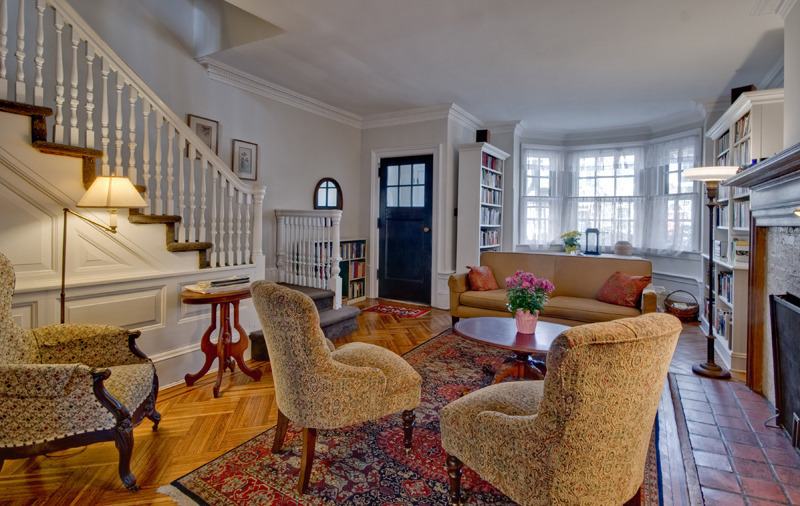
A look inside 2108 Albemarle Terrace. This four-bedroom sold in 2013 for $1.113M, 23.8% more than its listed price of $899K after just 25 days on the market. VanDusen says that homes in the district usually go pretty quickly, with some being snapped up in bidding wars after the first or second open house.
With the exception of a couple of homes along East 21st Street, VanDusen says the Albemarle-Kenmore houses are all single-family deeded homes that have never been cut up into apartments and, as a result, have a ton of original detail. He cites one neighbor whose home has been in the family since it was purchased 1924. Though the homes were all constructed from the same two or three floor plans, original buyers were able to choose details like coffered ceilings and built-in china cabinets to set the interiors of their homes apart from their neighbors’.
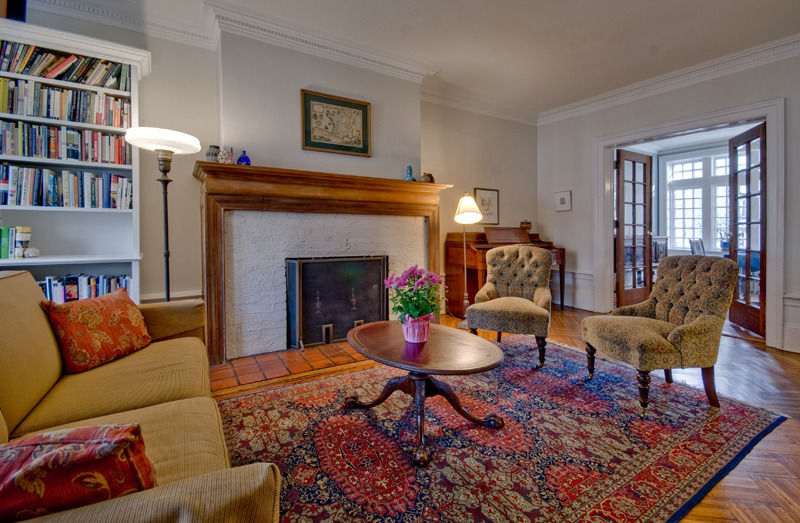
VanDusen notes these homes have many features you can’t find in a 19th-century brownstone, such as wood-burning fireplaces.
Albemarle Terrace’s two-and-a-half to three-story brick houses are raised above street level and set behind terraces or small gardens. Rather than planting trees along the curb line, architects chose to plant them within the gardens, thus creating the illusion of a wider street and a greater sense of space.
In the past few years, these picturesque homes have drawn the attention of television production companies. The area has served as a regular shooting location for HBO’s Boardwalk Empire and FX’s The Americans, which takes place in the historic Georgetown neighborhood in D.C.
>>> Get a closer look: Google Street View Albemarle Terrace.
Kenmore Terrace
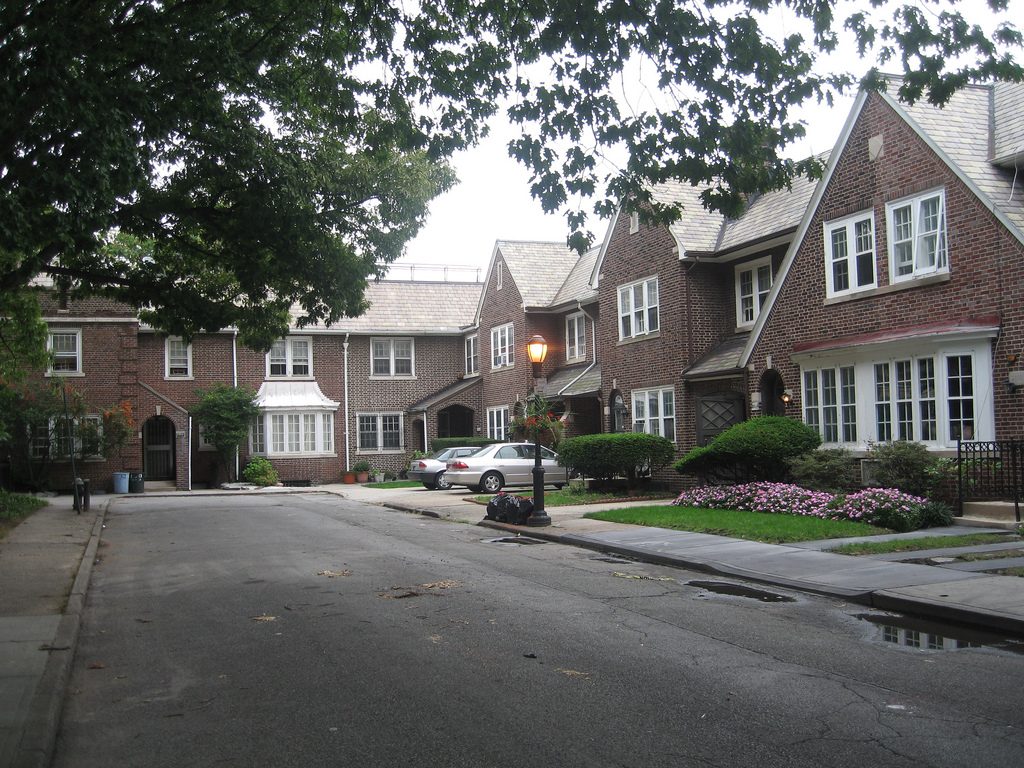
Because garages were incorporated into the design of Kenmore Terrace houses (pictured above), they are eight-and-a-half feet wider than the Albemarle Terrace houses. However, livable square footage is about equal, according to VanDusen.
Source: Kenficara via Flickr Creative Commons
Most houses along Kenmore Terrace were built between 1918 and 1919 in a style inspired by English Garden City-type homes. The Garden City movement sought to combine “the best features of urban and suburban development with emphasis on low scale, open space and the segregation of industrial, commercial and residential areas.” The growth of this movement in the U.S. coincided with the automobile’s rise in popularity, as it quickly became recognized as a necessity for the American middle class. As a result, architects incorporated garages into the picturesque design of Kenmore Terrace’s houses, thus reflecting a change in the way of life of the American family.
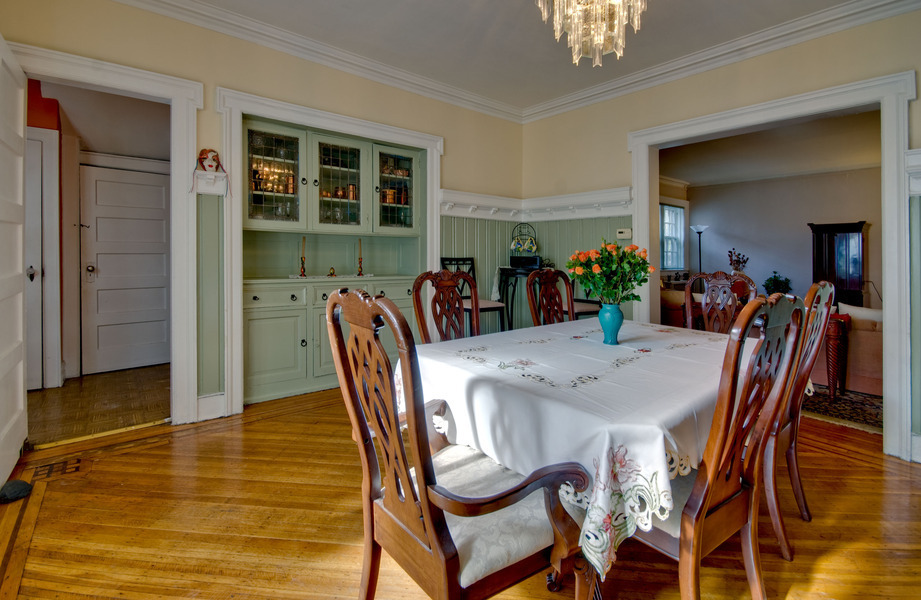
A look inside 2124 Kenmore Terrace. This 2,018 square foot four-bedroom home sold in 2014 for $1.2M.
>>> Get a closer look: Google Street View Kenmore Terrace.
According to VanDusen, one of the original owners of a home on Kenmore Terrace was a German heiress whose penchant for partying led to a couple of unique home renovations. In addition to extending her dining room to accommodate a table of 20, she also transformed her basement into a speakeasy. The space was host to a mahogany bar and Chinese red walls full of unique and boozy illustrations, including a man wearing a top hat and monocle with a highball glass in hand.
Because of its proximity to the newly-renovated Kings Theatre, VanDusen says concert-goers have stumbled upon the neighborhood en route to the venue and are shocked at the sudden emergence of these quaint streets and oak trees after walking down a bustling Flatbush Avenue.
Related:










